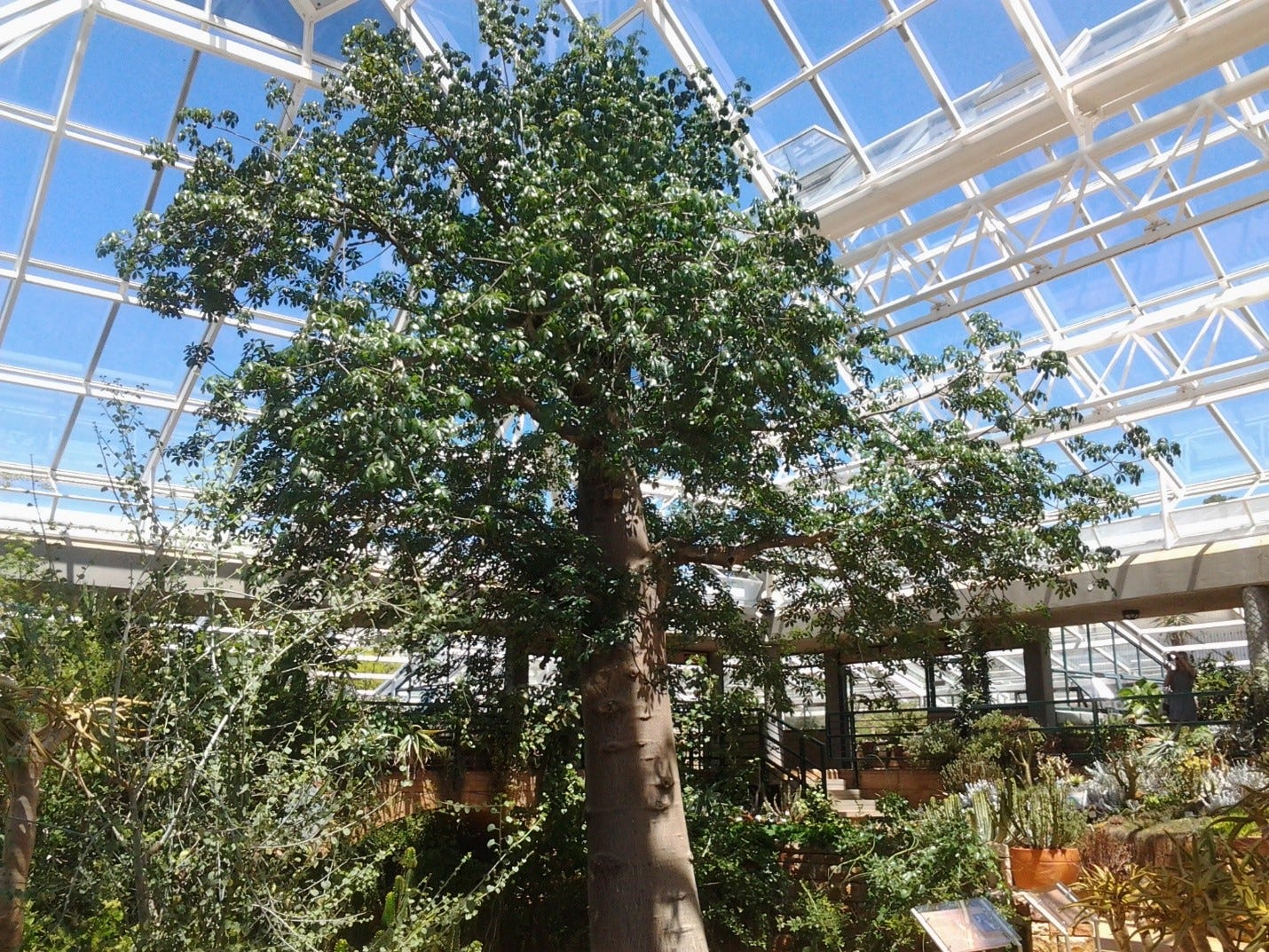In the news (2)
[Three more short posts of geographical ‘things’ that have interested me in recent days.]
India’s new port in Iran - the rival scheme to China’s Belt and Road?
In May 2024, India and Iran signed a 10-year agreement for India to operate the Shahid Beheshti terminal at Chabahar, Iran (Figure 1). This is India's first venture into managing a foreign port, a significant venture in its maritime and strategic capabilities. Despite its potential, the Chabahar project has faced numerous delays due to both geopolitical tensions and economic sanctions imposed on Iran. The project gained momentum only after the 2015 nuclear deal between Iran and the key nations at the UN (including the USA, China, UK, and Russia) which temporarily eased sanctions and allowed for international collaboration.
Figure 1. Location of Chabahar
Chabahar is more than just a commercial port. Its location on Iran's Makran coast, adjacent to the Gulf of Oman and near the Strait of Hormuz, positions it at a critical point for maritime trade. The port's deep-water capabilities allow it to handle large, heavily loaded ships, making it a vital hub for goods transit. For India, Chabahar offers a strategic route to Afghanistan and central Asia, circumventing the land route through Pakistan. Historically, India has faced challenges with the transit of goods through Pakistan, with accusations of deliberate delays. Chabahar mitigates this issue, providing a more reliable and efficient transit route.
Chabahar also plays a crucial role in in India’s broader strategic ambitions, as a counterbalance to China’s influence in the region. In neighbouring Pakistan, the port of Gwadar, heavily invested in by the Chinese as part of their Belt and Road Initiative, serves as a starting point for the Chinese-Pakistan Economic Corridor. By operating Chabahar India can monitor and rival Chinese activities and influence in the region.
The port enhances India’s position in the regional powerplay with China, together with a route into both the Indian Ocean, the Persian Gulf and central Asia.
The Thwaites glacier in Antarctica
The Thwaites glacier may be melting faster than previously thought, according to recent research. Data captured by satellites reveals ocean water flowing kilometres beneath its ice. Such warm ocean water travels deep under the glacier by natural gaps and tunnels. The melting of Thwaites can raise global sea levels by as much as 0.6m, potentially submerging several coastal cities around the world, such as Miami and London. Currently, the melting of Thwaites contributes 4% of all sea-level rise. Furthermore, Thwaites glacier acts as a natural ‘dam’ to the massive ice cap on west Antarctica. Should this ice mass be released at the same rate, sea level would rise by a further 3m. This is of course the worst-case scenario and unlikely.
The spread of the baobab tree
The baobab is a fascinating tree. It is a tree characteristic of the hot wet/dry (savanna) climate zones of the world. It provides food, water, and shelter across this ecosystem. New research suggests that they originated in Madagascar and then travelled to Australia and the rest of Africa. It is thought that the seeds spread on ocean currents.
Baobabs are long-lived deciduous trees, ranging from 5 to 30m tall. Young trees often have slender, tapering trunks, while mature ones have massive, bottle-shaped, or cylindrical trunks. The trunk is made of fibrous wood arranged in concentric rings, but these rings don’t necessarily form annually, making age determination difficult. Baobabs have two types of shoots: long, green vegetative ones and stout, woody reproductive ones. Their branches can be massive and spread horizontally or ascend from the trunk.
Baobabs are often called the ‘upside-down trees’ due to myths surrounding their unique appearance. They are also known for their longevity, with some individuals living for centuries. In the early 21st century, baobabs in southern Africa began dying off rapidly, and the cause remains unknown. Some speculate that dehydration might be responsible, as disease or pests would not kill so many trees so quickly.
A baobab tree in the Kirstenbosch Botanical Garden, Cape Town.






https://www.theguardian.com/global-development/2022/oct/24/kenya-baobab-trees-uprooting-export-environmental-groups
Love a baobab. Much controversy recently in the uprooting and export of baobabs from Kenya to developed countries, leading to biodiversity loss and environmental degradation (but a significant short term economic boost for coastal farmers). An interesting link to globalisation and patterns of trade.